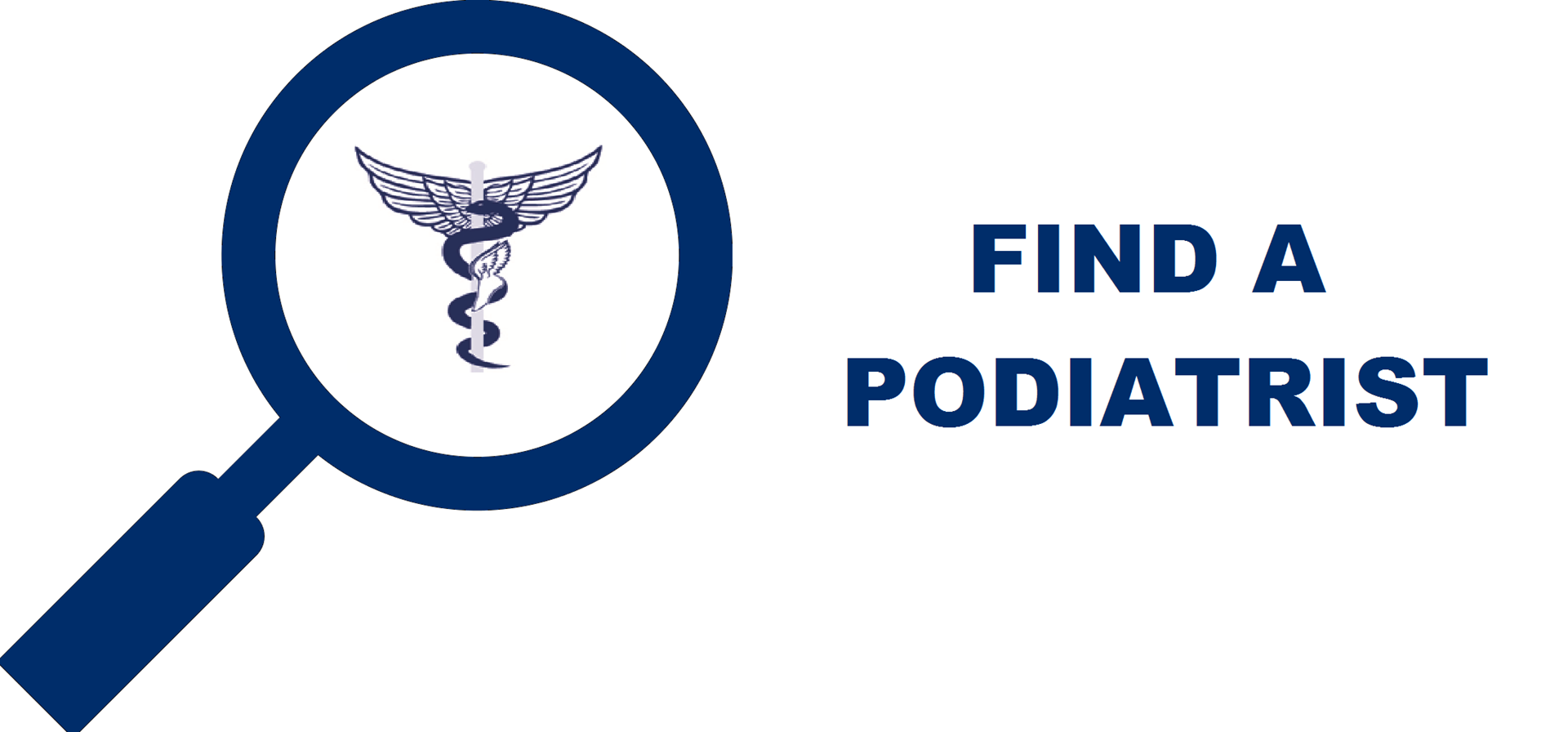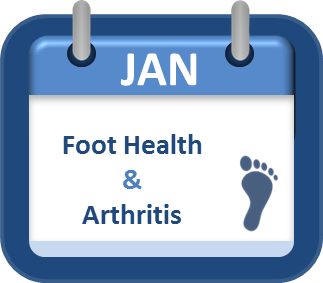|
The most common site of arthritis in the foot is at the base of the big toe. This joint is called the metatarsophalangeal, or MTP joint. It's important because it has to bend every time you take a step. If the joint starts to stiffen, walking can become painful and difficult. In the MTP joint, as in any joint, the ends of the bones are covered by a smooth articular cartilage. If wear-and-tear or injury damage the articular cartilage, the raw bone ends can rub together. A bone spur, or overgrowth, may develop on the top of the bone. This overgrowth can prevent the toe from bending as much as it needs to when you walk. The result is a stiff big toe, or Hallux Rigidus. Hallux Rigidus usually develops in adults between the ages of 30 and 60 years. No one knows why it appears in some people and not others. It may result from an injury to the toe that damages the articular cartilage or from differences in foot anatomy that increase stress on the joint. Wearing a shoe with a large toe box will reduce the pressure on the toe. Women with Hallux Rigidus will probably have to give up wearing high heels. | Arthritis & Hallux Rigidus: Toe Arthritis Symptoms
Diagnosis If you find it difficult to bend your toe up and down or find that you are walking on the outside of your foot because of pain in the toe, see a podiatrist right away. Hallux Rigidus is easier to treat when the condition is caught early. If you wait until you see a bony bump on the top of your foot, the bone spurs will have already developed and the condition will be more difficult to treat. A podiatrist will examine your foot and look for evidence of bone spurs. He or she may move the toe around to see how much motion is possible without pain. X-rays will show the location and size of any bone spurs, as well as the degree of degeneration in the joint space and cartilage.
Surgical treatments may be required: 1. Cheilectomy: This surgical procedure is usually recommended when damage is mild or moderate. It involves removing the bone spurs as well as a portion of the foot bone, so the toe has more room to bend. The incision is made on the top of the foot. The toe and the operative site may remain swollen for several weeks and you will have to wear a wooden-soled sandal for at least two weeks post-surgery. Most patients do experience long-term relief. 2. Arthrodesis: Fusing the bones together is often recommended when the damage to the cartilage is severe. The damaged cartilage is removed and pins, screws, or a plate are used to fix the joint in a permanent position. Gradually, the bones grow together. This type of surgery means that you will not be able to bend the toe at all. However, it is the most reliable way to reduce pain in these severe cases. 3. Arthroplasty: Older patients who place few functional demands on the feet may be candidates for joint replacement surgery. The joint surfaces are removed and an artificial joint is implanted. This procedure may relieve pain and preserve joint motion. |






